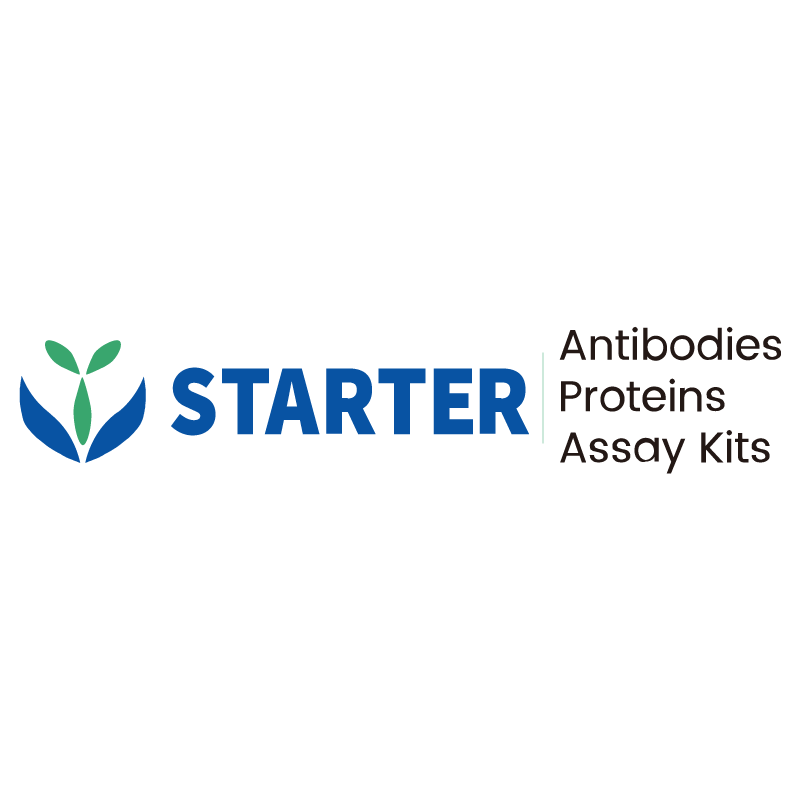2μg(R: reducing conditions)
Product Details
Product Details
Product Specification
| Species | Human |
| Synonyms | Interferon-induced protein with tetratricopeptide repeats 1, IFIT-1, Interferon-induced 56 kDa protein (IFI-56K; P56), G10P1, IFI56, IFNAI1, ISG56 |
| Accession | P09914 |
| Amino Acid Sequence | Protein sequence (P09914, Met1-Pro478, with C-His tag) MSTNGDDHQVKDSLEQLRCHFTWELSIDDDEMPDLENRVLDQIEFLDTKYSVGIHNLLAYVKHLKGQNEEALKSLKEAENLMQEEHDNQANVRSLVTWGNFAWMYYHMGRLAEAQTYLDKVENICKKLSNPFRYRMECPEIDCEEGWALLKCGGKNYERAKACFEKVLEVDPENPESSAGYAISAYRLDGFKLATKNHKPFSLLPLRQAVRLNPDNGYIKVLLALKLQDEGQEAEGEKYIEEALANMSSQTYVFRYAAKFYRRKGSVDKALELLKKALQETPTSVLLHHQIGLCYKAQMIQIKEATKGQPRGQNREKLDKMIRSAIFHFESAVEKKPTFEVAHLDLARMYIEAGNHRKAEENFQKLLCMKPVVEETMQDIHFHYGRFQEFQKKSDVNAIIHYLKAIKIEQASLTRDKSINSLKKLVLRKLRRKALDLESLSLLGFVYKLEGNMNEALEYYERALRLAADFENSVRQGP |
| Expression System | E.coli |
| Molecular Weight | Predicted MW: 57 kDa Observed MW: 57 kDa |
| Purity | >95% by SDS-PAGE |
| Endotoxin | <0.1EU/μg |
| Conjugation | Unconjugated |
| Tag | with C-His tag |
| Physical Appearance | Lyophilized Powder |
| Storage Buffer | Lyophilized from a 0.2 μm filtered solution of 0.2M PBS, pH7.4. |
| Reconstitution | Reconstitute no more than 1 mg/mL according to the size in deionized water after rapid centrifugation. |
| Stability & Storage | 12 months from date of receipt, -20 to -70 °C as supplied. |
Background
IFIT1 is a member of a family of related genes that arose by gene duplication and are induced after type I IFN treatment or viral infection. IFIT1 proteins localize within the cytoplasm and lack any enzymatic domains or activity. They contain multiple tetratricopeptide repeats, which are important for protein–protein interactions. Its expression is induced by dsRNA, IRF3, type I IFN, and a variety of viruses. IFIT1 can detect viral RNA lacking 2′-O methylation on their cap structures or displaying a 5′-triphosphate moiety and inhibit their translation or sequester them from active replication. Because of these inhibitory actions, many viruses have evolved unique mechanisms to evade IFIT1 to facilitate replication, spread of infection, and disease pathogenesis.
Picture
Picture
SDS-PAGE


